Artificial intelligence is occupying society. This is no news, but can be seen in the most diverse areas of everyday life. For example, through the growing number of exhibitions about and with AI. For our mini-series AI in Museums, we visited two exhibitions in the immediate vicinity.
Our series started at the Kunstmuseum Stuttgart. There, the exhibition "SHIFT. KI and a Future Community" was on view from 4 February to 21 May 2023.
Idea, Aim and Background of the Exhibition
The exhibition is a joint project of the Kunstmuseum Stuttgart and the Museum Marta Herford. It is dedicated to the dialogue between art and science in the field of artificial intelligence. The exhibition was curated by Friederike Fast, Dr Eva-Marina Froitzheim and Ann Kristin Kreisel.
Behind the project is the observation that AI, as a key technology of digital change, has a decisive influence on the social, political and economic contexts of society in the present and the future. This change, this shift — as the exhibitions name already displays — is to be shown and questioned within it. In addition to the influences on our everyday lives, AI also always raises the question of the underlying images of human beings and concepts intertwined with them, such as intelligence, consciousness and creativity.
The exhibits focus on the interlocking of AI and the reality of life, the possibilities, limits and ethical responsibilities that arise from this. They thus open up a perspective space for visitors to experience and think through these questions.
The exhibition was accompanied by an extensive educational programme with symposia, guided tours and lectures. It was developed in cooperation with the Stuttgart Centre for Simulation Technology and Cyber Valley Stuttgart/Tübingen.
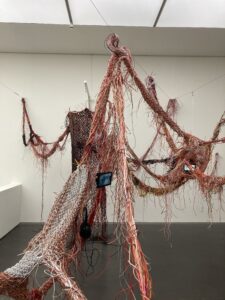
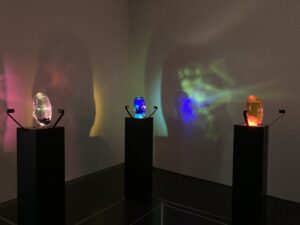
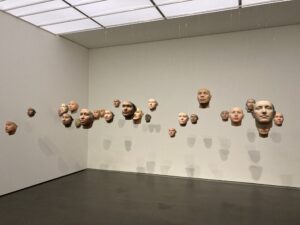
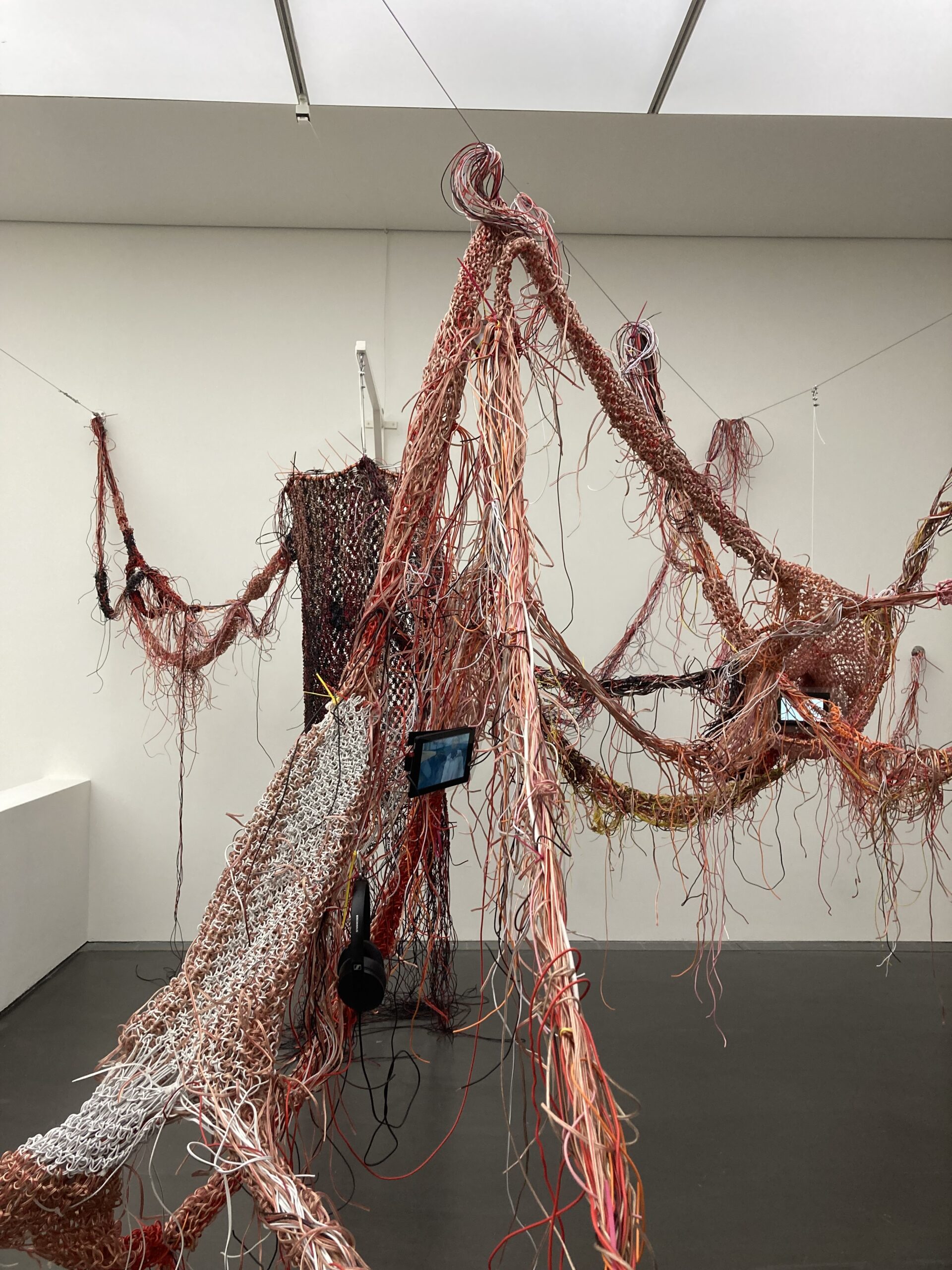
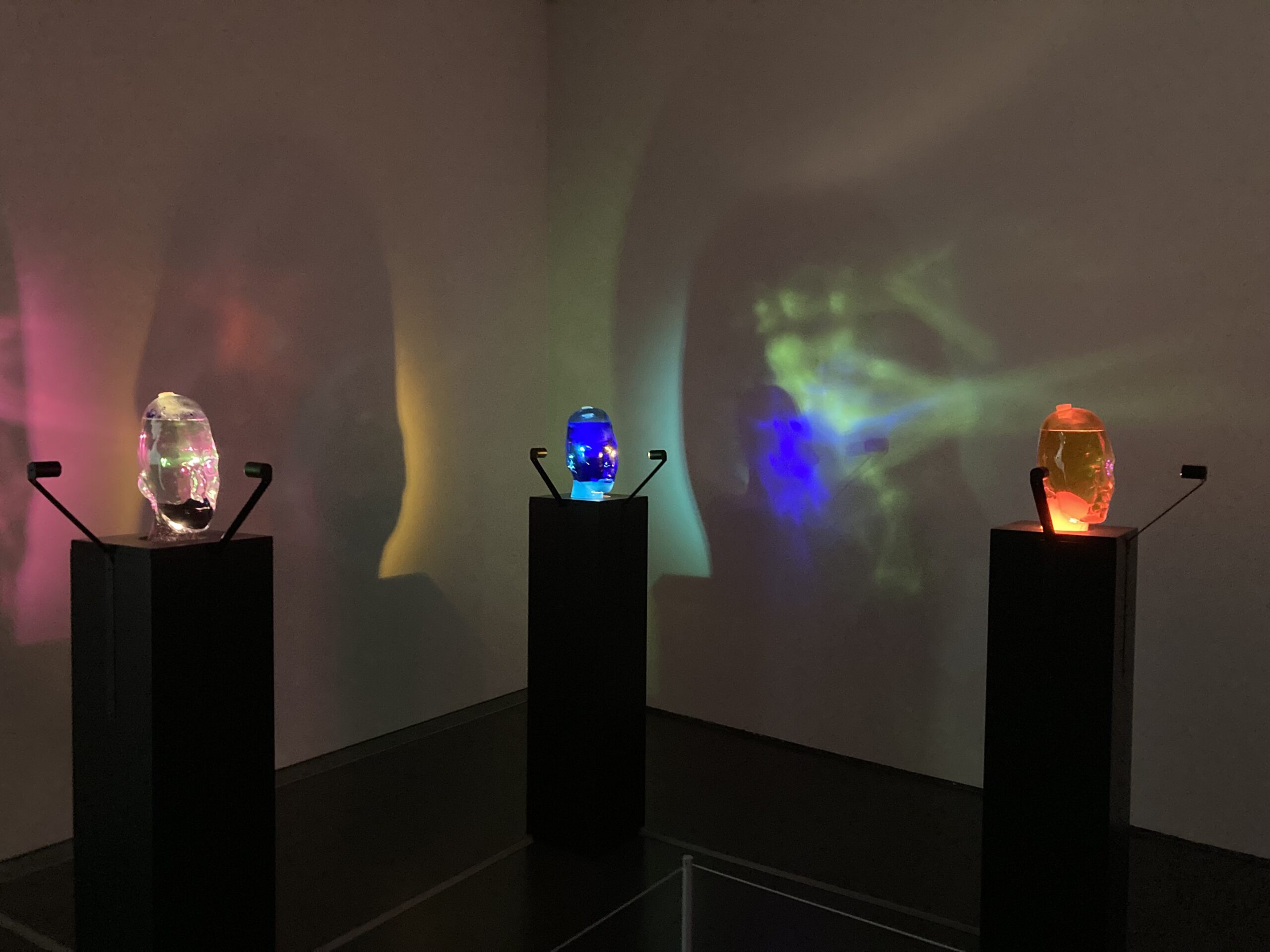
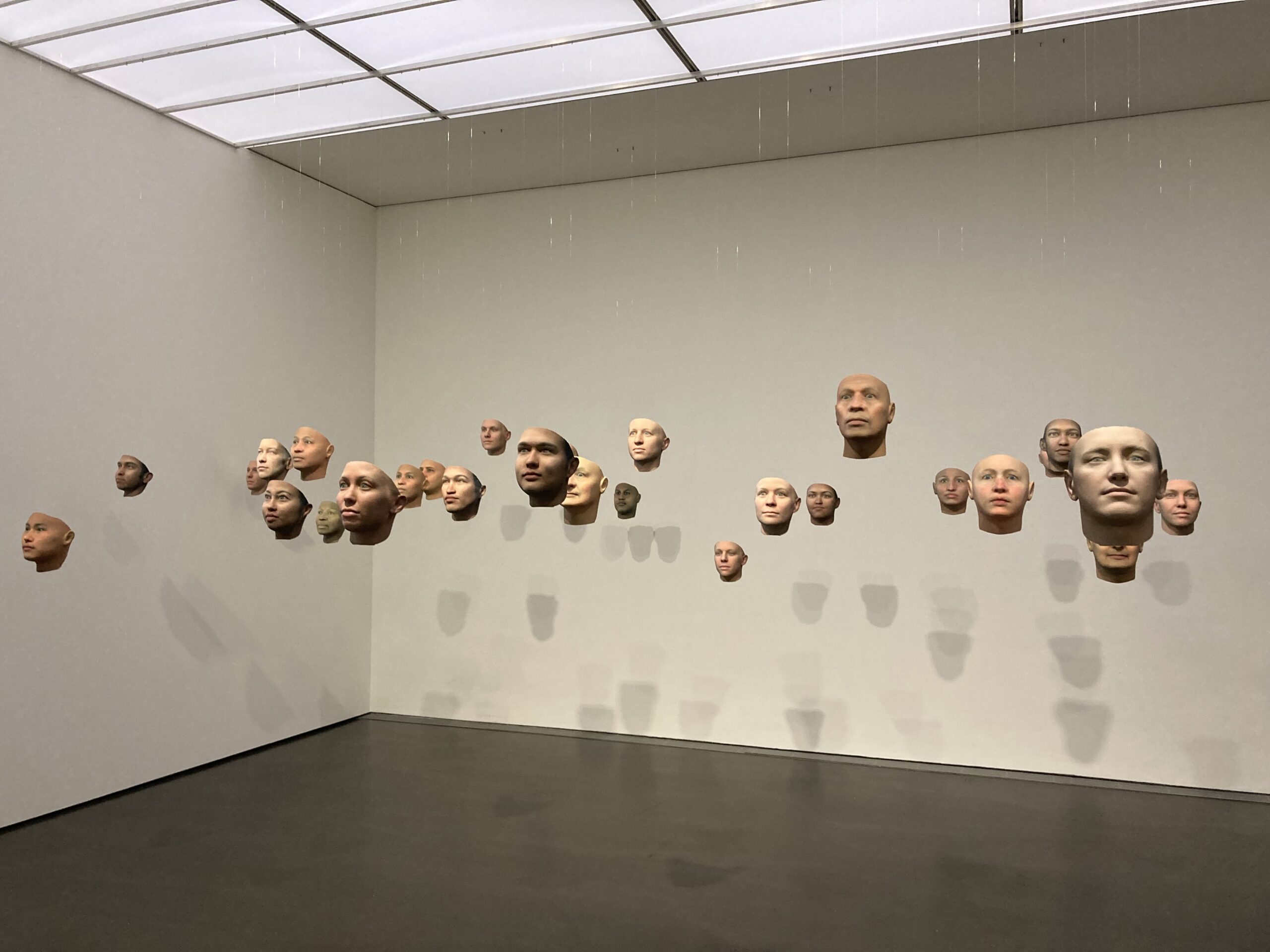
Structure
The exhibition is made up of the individual works of eight artists and artists' collectives, each of whom has developed their own scenarios in which AI becomes visible and can be experienced by the senses. The individual exhibits are located in different rooms that extend over two floors of the Kunstmuseum Stuttgart.
The arrangement of the individual works does not follow any perceptible narrative strand or principle of order, but rather clarifies the basic idea of the exhibition, which is to make individual aspects of the changes in society that are advancing through AI tangible and to stimulate critical debate.
The Perspective on AI
Visitors experience the dimensions of AI through the model situations that the eight artists and collectives create in their works. Each individual model situation questions the limits and possibilities of AI and the ethical responsibility that arises when dealing with it. The works each focus on specific aspects and applications of AI. These include deepfakes, large language models, data streams and other variants of machine learning.
The group of works "Repräsentantinnen (2021)" by Louisa Clement, for example, asks about the effects and limits of human-machine relations. For this, the artist has given sex dolls her own appearance and voice, fed them personal data, chat histories and answers to intimate questions. Visitors can interact with one of these dolls. Through the conversations, the figure learns and expands its linguistic abilities.
In their animated film "in vivo — in vitro — in silico (2023)", the artist duo kennedy+swan focus on a completely different aspect of AI. The possible interweaving of AI with biological intelligence in the form of xenobots derived from the cells of clawed frogs. Their film shows a dystopian image of the future in which these xenobots in the year 2043 scurry through a human body as "buddy bots" and take over tasks such as detoxification etc. from the inside, which are controlled from the outside by an app. An application that is supposed to offer massive health benefits but would only be accessible to rich people.
These two examples illustrate what characterizes the entire exhibition: a very strong focus on humans and a constant anthropomorphizing of AI. There is little or no penetration into the real background and actual characteristics of AI. Rather, the artists seem to take up aspects and applications of the AI discourse in their works that are associated with strong fears and negative ideas for humans. These aspects are an important part of the discourse around AI but could be better classified and thus more adequately discussed by explaining the technical reality. However, the exhibits seem to miss this opportunity time and again.
Science Communication Perspective
The basic idea of the exhibition, to discuss the changes taking place in society through AI on the most diverse levels and to open up spaces of experience, holds great possibilities from a science communication perspective. Other forms of communication, such as art, can contribute to promoting visitors' own engagement with the topics and thus enable them to enter into the discourse on AI. In addition, groups of people who are otherwise less concerned with technologies also gain access to this topic.
To do this, however, it is necessary to explain the basic concepts of this discourse and to present the background and current results of research on AI in a comprehensible way. However, this aspect is neglected in the SHIFT exhibition. There is a glossary on individual basic terms of AI. However, this is only visible after scanning a QR code, which represents an additional barrier, especially for those people who are not very tech-savvy. The individual exhibits use AI technologies and applications that are not explained further and often have only remotely to do with AI. This is compounded by the often anthropomorphized depiction of AI in the individual works.
The potential to open up a more in-depth view of artificial intelligence and to contribute new impulses to the discourse remains unused. AI continues to be perceived as the inscrutable, indefinable "black box" that is somehow related to humans and could somehow pose a threat. Classic images and narratives, such as glass heads in which luminous matter can be seen or humanoid robots read as female, as shown in the exhibition, further underline this missed opportunity.





